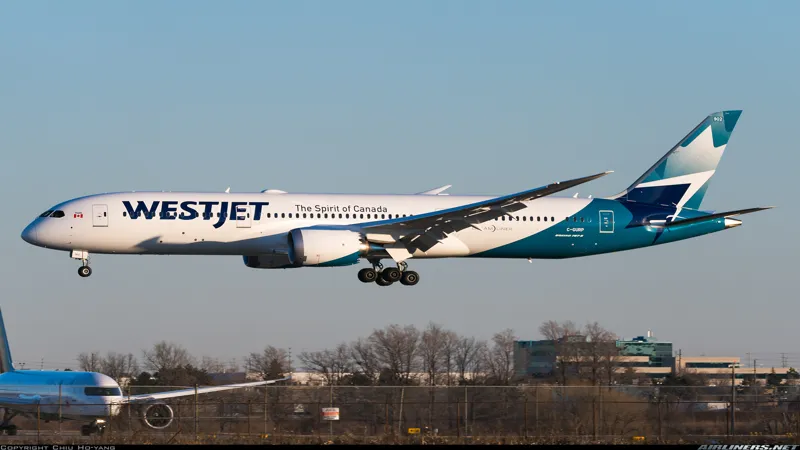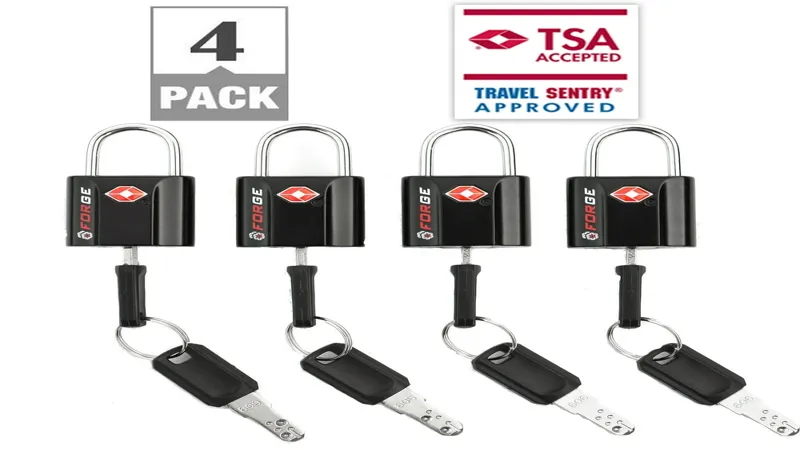WestJet Airlines, the second-largest airline in Canada, has made significant strides since its inception in 1998. With a robust fleet of over 130 aircraft, including the state-of-the-art Boeing 787-9 Dreamliners, WestJet is committed to providing an exceptional flying experience for its passengers. These modern jets not only enhance the airline’s transatlantic operations but also exemplify WestJet’s dedication to reliability and comfort. In this exploration, we will delve into the features and amenities of WestJet’s Boeing 787-9s, showcasing how the airline continues to elevate its service standards while expanding its global reach.
| Category | Details |
|---|---|
| Airline Name | WestJet |
| Founded | February 1998 |
| Fleet Size | Over 130 aircraft |
| Main Aircraft | Boeing 737 family (narrow-body), Boeing 787-9 (wide-body) |
| Current 787-9 Fleet | 7 aircraft (average age over 5 years) |
| 787-9 Capacity | 320 passengers (3 classes) |
| Business Class | 16 lie-flat beds, 1-2-1 configuration, luxury amenities |
| Premium Economy | 28 recliner seats, 2-3-2 layout, hot meals |
| Economy Class | 276 seats, 3-3-3 configuration, complimentary meals |
| Notable Routes (to Europe) | YYC to LHR, CDG, NRT, EDI, DUB, BCN, FCO, ICN |
| Winter Routes | YYC to CUN (13x weekly), PVR (7x weekly), HNL (3x weekly) |
| Recognition | 2025 Four Star Major Airline by APEX |
| Future Plans | Expansion with new routes planned for 2025 |
WestJet’s Journey in the Airline Industry
WestJet Airlines has made quite a name for itself since it began flying in February 1998. Starting as a small airline, it has grown into Canada’s second-largest airline, with a fleet of over 130 aircraft. WestJet now connects travelers to more than 100 destinations worldwide, showcasing its commitment to providing great service and accessible travel options for everyone.
By focusing on a fleet primarily made up of Boeing 737 aircraft, WestJet ensures that it operates efficiently on various routes. The recent addition of the Boeing 787-9s has allowed the airline to expand its transatlantic operations, demonstrating its adaptability and ambition to meet the needs of its passengers.
Frequently Asked Questions
What aircraft does WestJet operate for long-haul flights?
WestJet uses the Boeing 787-9 for long-haul flights. This modern aircraft provides improved comfort and efficiency for passengers traveling to destinations in Europe and Asia.
How many Boeing 787-9s does WestJet have?
WestJet operates a total of seven Boeing 787-9 aircraft, with an average age of just over five years.
What is the seating arrangement in WestJet’s Boeing 787-9?
The Boeing 787-9 has three classes: Business (16 seats), Premium Economy (28 seats), and Economy (276 seats), accommodating a total of 320 passengers.
What amenities are offered in Business Class on WestJet’s 787-9?
Business Class features lie-flat beds, on-demand dining, luxury blankets, and complimentary drinks, ensuring a comfortable travel experience.
What routes do WestJet’s Boeing 787-9s typically fly?
WestJet’s 787-9s mainly fly from Calgary to Europe and Asia, with popular routes to London, Paris, Tokyo, and more.
Are meals provided on WestJet’s long-haul flights?
Yes, all passengers on long-haul flights receive complimentary hot meals and beverages, regardless of their class.
What recent recognition has WestJet received?
WestJet was awarded the 2025 Four Star Major Airline title by APEX, reflecting high passenger satisfaction and quality service.
Summary
WestJet, Canada’s second-largest airline, began flying in 1998 and now operates over 130 aircraft, primarily Boeing 737s. In 2015, they introduced transatlantic flights, later replacing older planes with modern Boeing 787-9 Dreamliners. Currently, WestJet has seven 787-9s, each seating 320 passengers across three classes: Business, Premium Economy, and Economy, all equipped with advanced entertainment systems. The airline has received a Four Star rating for its service and operates popular routes from Calgary to various destinations in Europe, Asia, and Mexico, continuing to expand its network with new routes planned for 2025.



